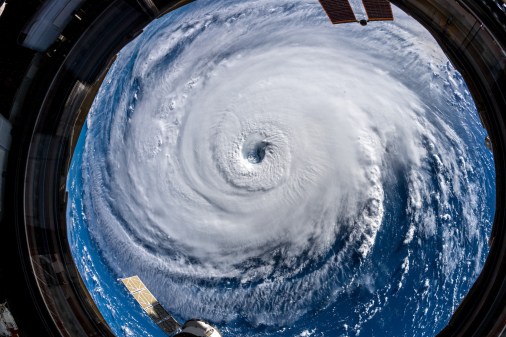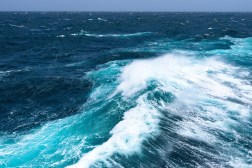New unmanned systems program at NOAA will focus on cybersecurity, acquisition process

The National Oceanic and Atmospheric Administration is creating a new program to promote the safe and efficient use of the unmanned systems (UxS) that its scientists rely on to collect environmental data.
The Unmanned Systems Operations Program will reside within the Office of Marine and Aviation Operations and cover UxS training, cybersecurity and acquisition. NOAA has operated UxS vehicles for decades, but that use has increased tenfold since 2012, the agency says. The “x” stands for various modes of transportation: aerial, maritime and so on.
“With the creation of this new program, we will be better positioned to transition these technologies into operational platforms that will gather critical environmental data every American relies upon,” said Rear Adm. Michael Silah, director of NOAA’s Commissioned Officer Corps and the OMAO, in the announcement.
For NOAA, the UxS tag applies to any sensor-equipped autonomous or remotely piloted vehicle. The agency uses various kinds to map the seafloor and other habitats, explore the ocean, count marine mammal and fish populations, respond to emergencies and help forecast extreme events like toxic algae blooms.
NOAA’s Aircraft Operations Center in Lakeland, Florida, already handles the unmanned aircraft activities. And a new facility being built by the Mississippi State Port Authority with the University of Southern Mississippi in Gulfport will support unmanned maritime systems.
The program was started with some of the $12.7 million in funds NOAA received from Congress to expand UxS use.
NOAA is also partnering with the Navy to evaluate new UxS tech as part of the Advanced Naval Technology Exercise, a five-year-old program intended to benefit both agencies by testing dozens of systems.
Machine learning is also being considered by NOAA in the collection and evaluation of vast amounts of scientific data by UxS — part of its Unmanned Systems Strategy released in February.




